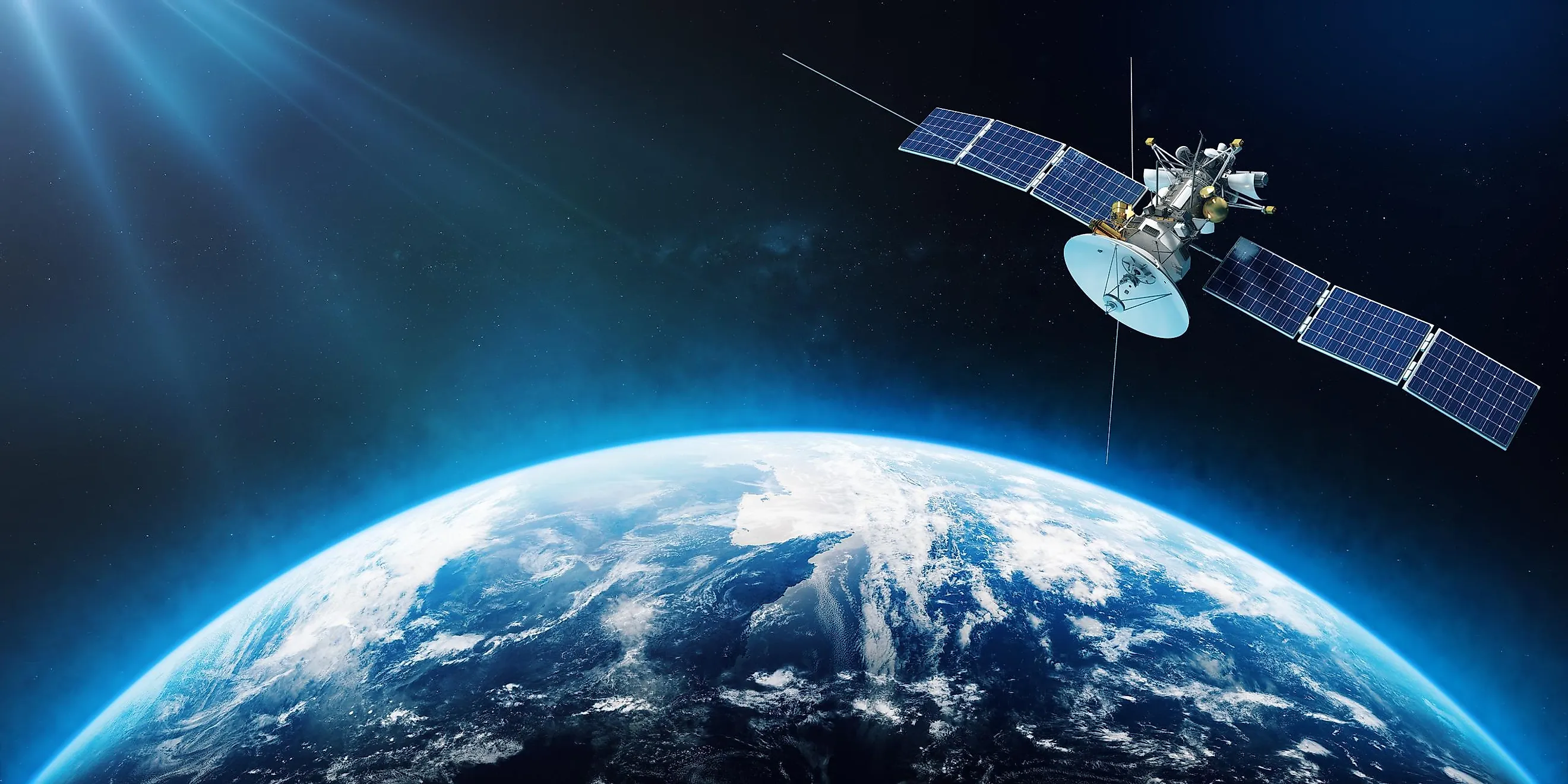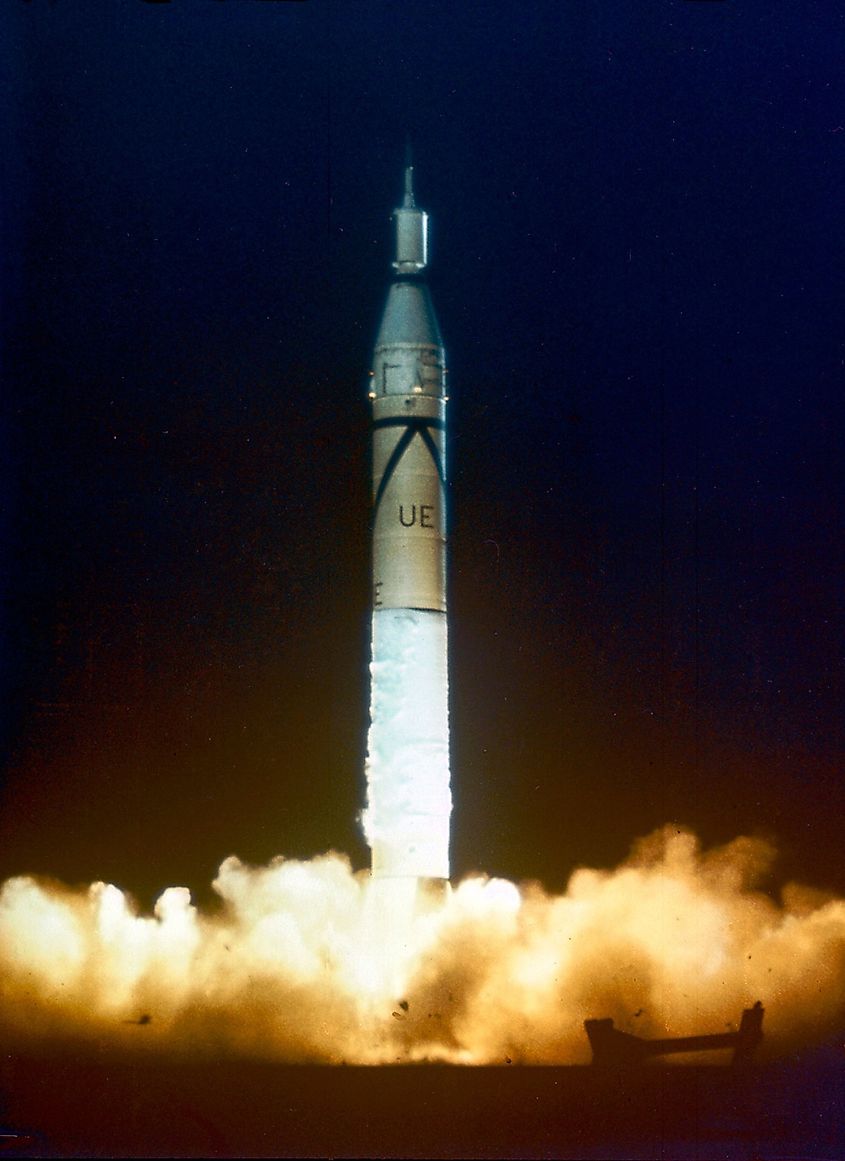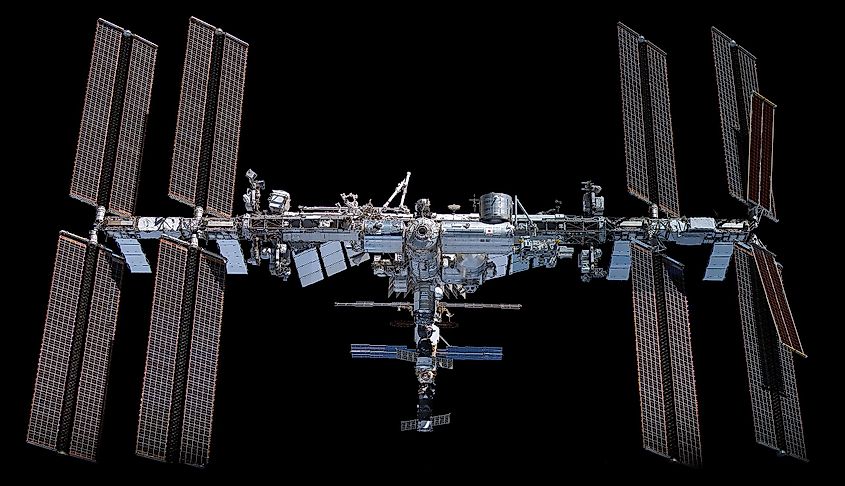
Are There Too Many Satellites?
On October 4, 1957, the Soviet Union launched Sputnik, the first ever satellite launched into Earth orbit. The launch of Sputnik ignited the Space Race, which saw the United States and Soviet Union compete in the arena of human spaceflight. Less than a year after Sputnik, on January 31, 1958, the United States launched its first satellite, Explorer. Since that time, humanity has placed thousands of satellites in Earth orbit. As of September 2021, there are 4,550 satellites in orbit. Satellites are very versatile, with some used for military purposes, studying the Earth’s climate, the use of GPS, and giving us access to the internet. Without satellites, our modern civilization simply would not exist. However, is it possible to have too many satellites?
Impacts In Space

The space around Earth where satellites orbit is not an overly large region of space, and so the more satellites we launch, the less distance there is between any given satellites. As the space around Earth becomes more crammed, the chances of objects impacting one another becomes more likely. Impacts between satellites is a serious problem, and NASA and other space organizations actively track different satellites to avoid any collisions. If a collision does occur, the two satellites will break apart into countless fragments that are then sent on chaotic trajectories around the Earth. Tracking these fragments is tremendously difficult, and even a fragment less than an inch across moving at the speed of a bullet can inflict serious damage on other objects in orbit. The more satellites we put in orbit, the more serious this threat becomes. That’s because even a single impact between two satellites can cascade into multiple impacts that grow exponentially. Fragments from one impact will cause another impact, which causes another and another, until there is so much debris in space that launching anything into orbit either becomes very difficult or impossible. Thus, one impact will result in a domino effect of impacts in Earth’s orbit.
Will Space Travel Become Obsolete?

Although impacts between satellites have occurred in the past, space organizations have been good at tracking and avoiding collisions, so far. As companies like SpaceX and Blue Origin plan to launch hundreds of satellites this decade alone, the possibility for a collision only rises with time. If humanity places too many satellites in orbit and a collision does occur, there is a high risk that debris will be produced faster than it could reasonably be cleaned up. The Earth could eventually be surrounded by a shell of debris, making future space travel impossible as anything attempting to leave Earth orbit would simply collide with the debris. To solve this issue, the space faring nations of the world will need to clean debris in space before it becomes a threat, and possible treaties aimed at reducing the amount of debris in space may also be required.











